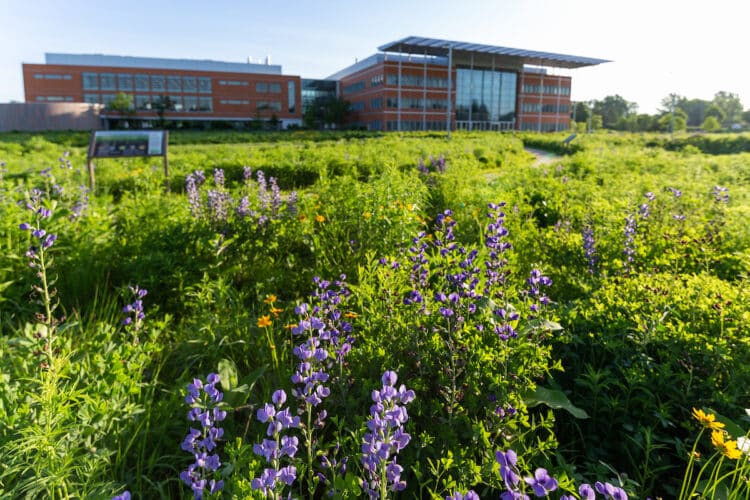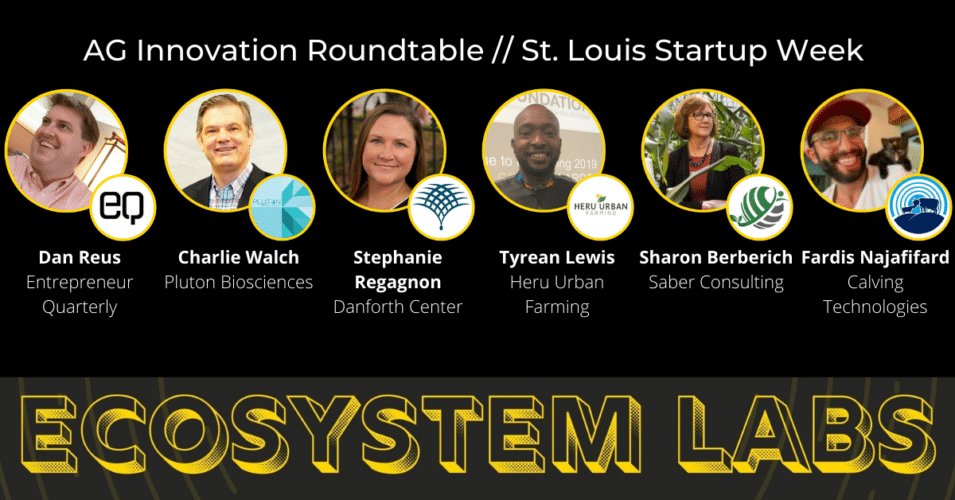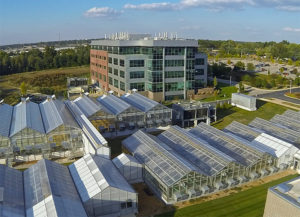
Putting the Health of the Region’s Tech Economy into Perspective
EQ recently reviewed two assessments of the region’s tech economy that have caught local media attention. The bigger picture is neither as gloomy nor as sanguine as either report makes it out to be. EQ explains why it matters and how to put the data into perspective.
Writing by Mike Fabrizi. Mike Fabrizi was born and raised in St. Louis, Missouri. An expat for 30 years to the Washington, DC area, he recently retired from a career including long stints with The MITRE Corporation, of McLean, Virginia, and The Aerospace Corporation, of El Segundo, California. Mike’s professional interests include complexity and complex adaptive systems, economic complexity, cities, and regenerative agriculture. He looks for ways to bridge the urban-rural divide, and likes to emphasize that which we share in common, not that which divides us. *Most* people everywhere are good. Give them half a chance and the goodness manifests itself. Mike now happily resides back home in St. Louis.
EQ recently reviewed two assessments of the region’s tech economy that have caught local media attention. State of the Tech Workforce, published by trade association CompTIA, notes recent laggard growth by the region’s IT workforce.
Technology 2030, written for the Missouri Chamber of Commerce and looking at the larger tech economy, offers a mixed view in which our state handily outperforms midwestern rivals and excels in areas such as high tech manufacturing, energy, and environment-related as well as rates of entrepreneurship.
However, STEM education completion rates and broadband access are lackluster, especially in rural areas. Moreover, many more of our new businesses fail than in neighboring states.
Why It Matters
While total tech economy employment is relatively modest compared with traditional service and manufacturing industries, the generous compensation earned by tech workers exerts an outsized impact.
- IT workers earn more than $83,000 per year, which is 97 percent higher than the median wages for all jobs in the region.
- Tech economy workers earn even more, taking home an average of more than $123,000 per year (counting both wages and benefits).
Moreover, as we have argued previously in EQ, if some tech economy activities flourish, the Missouri region’s economic complexity – and long-term prosperity – should increase.
The Bigger Picture
The bigger picture is neither as gloomy as State of the Tech Workforce, nor as sanguine as Technology 2030 makes it out to be.
This slowdown in the IT sector employment is recent, and mirrors much of the rest of the country. Many employers “binge hired” IT workers during the pandemic, and now must deal with reality.
In addition, our larger tech economy – viewed in the context of the national economy – is only doing modestly well. There is room for improvement.
While Missouri’s tech economy grew 6.9 percent from 2017 through 2022, the growth rate for that of the whole United States was 8.3 percent.
Our View
Missouri clearly needs to improve STEM education completion rates and the survival rates of entrepreneurial firms. For the former, more outreach efforts – especially to often bypassed poor and minority populations – would be in order.
The recent collaboration between East St. Louis’ Jackie Joyner Kersee Center and the Donald Danforth Plant Science Center is a positive development in need of replication. To ensure a better survival rate of entrepreneurial firms, the type of coaching and incubation offered by our innovation districts is a strong step forward. More is needed.
Broadband deployment to rural areas is currently hampered by a regulatory quagmire; this can be alleviated through sensible policy changes, such as advocated by the American Broadband Deployment Act of 2023, which is currently before Congress.
For a More In-Depth Analysis
At EQ, we strive for in-depth and detailed analysis. Readers are encouraged to read our extended analysis here:






